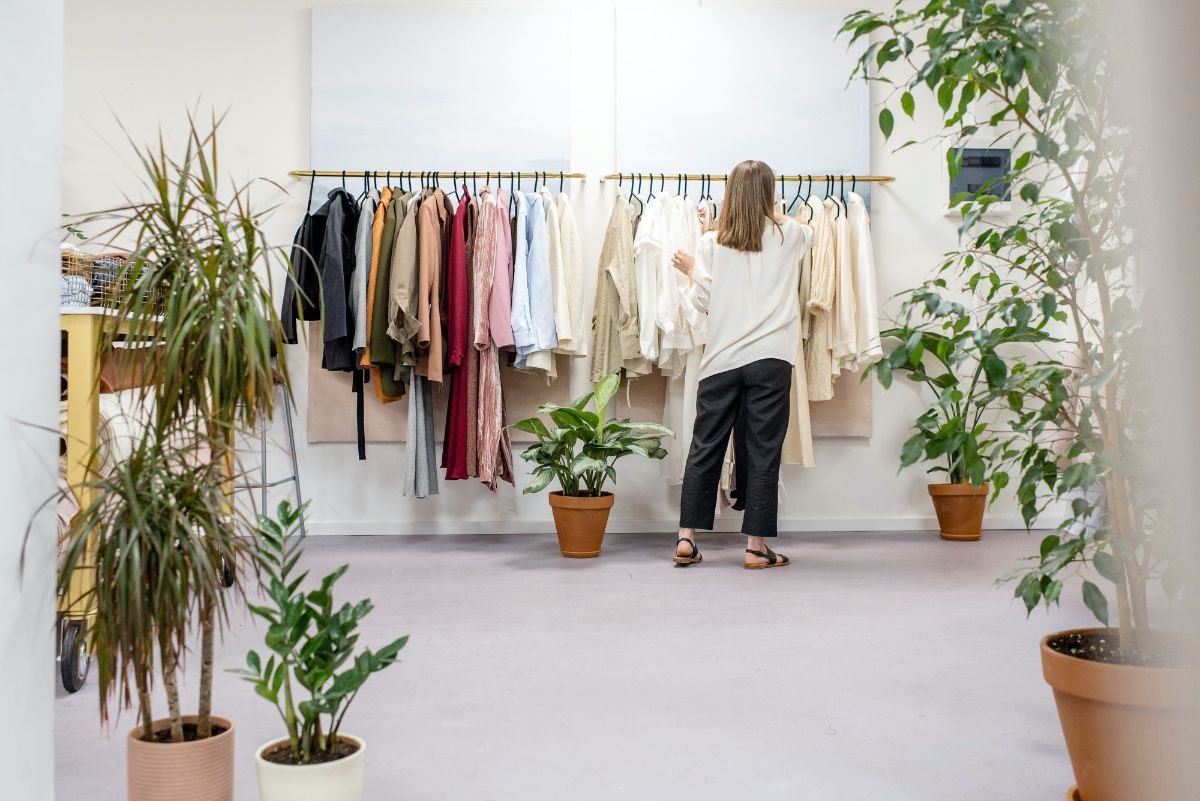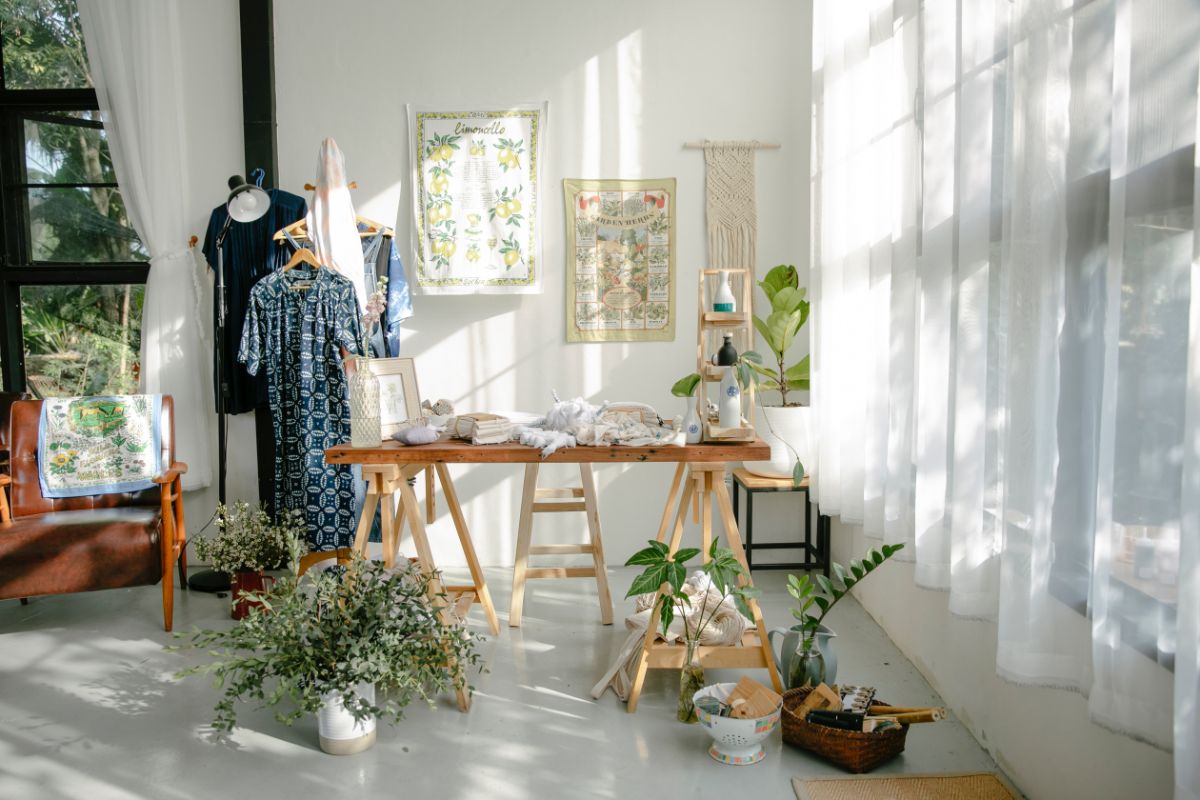Introduction
Upcycling has become a popular trend among eco-conscious consumers looking for ways to transform their thrift store finds into stylish, one-of-a-kind pieces. Not only does upcycling reduce waste by giving new life to pre-loved items, but it also allows for personal creativity and customization. In this guide, we will provide you with practical tips and ideas for upcycling your thrift store treasures into fashionable and functional pieces.
1: Understanding the Basics of Upcycling
Before diving into upcycling projects, it’s essential to understand the basics of the process. Upcycling involves taking an existing item and creatively modifying or repurposing it to serve a new function or enhance its aesthetic appeal. This can range from simple alterations, such as adding embellishments to a garment, to more complex transformations, like turning a piece of furniture into something entirely different.
2: Choosing the Right Thrift Store Finds
The success of your upcycling project depends on selecting the right thrift store finds. When shopping, look for items with good bones and potential for transformation. Focus on quality materials and solid construction, as these will provide a strong foundation for your upcycled piece. Also, consider the item’s versatility and how it might be adapted to suit your needs or style.
3: Gathering Upcycling Tools and Supplies
Having the right tools and supplies on hand can make your upcycling project more enjoyable and efficient. Essential tools include a sewing kit, fabric scissors, a hot glue gun, paintbrushes, and a tape measure. You may also need specific supplies depending on your project, such as fabric paint, upholstery foam, or wood stain. Collecting a variety of materials like buttons, ribbons, and trims can also come in handy for adding creative embellishments to your upcycled pieces.
4: Upcycling Clothing and Accessories
Transforming thrifted clothing and accessories into stylish pieces can be as simple or elaborate as you like. Here are a few ideas to get you started:
- Update a vintage dress by shortening the hemline or altering the neckline.
- Add embellishments, such as lace, appliques, or embroidery, to a plain shirt or blouse.
- Transform an oversized blazer into a trendy cropped jacket.
- Dye a faded garment to give it a fresh, vibrant color.
- Convert an old pair of jeans into stylish distressed shorts or a denim skirt.
Don’t be afraid to mix and match materials, patterns, and textures to create unique, eye-catching designs.
5: Upcycling Furniture and Home Décor
Thrift stores are a treasure trove of furniture and home décor items just waiting to be upcycled. Here are some ideas to inspire your next project:
- Refinish a wooden dresser or table with a fresh coat of paint or stain.
- Reupholster a vintage chair with modern fabric for an updated look.
- Turn an old door or window frame into a unique wall hanging or mirror.
- Create a stylish shelving unit from a repurposed ladder or wooden crates.
- Transform a dated lamp with a new shade, paint, or decorative accents.
Remember to consider the functionality of your upcycled piece and ensure that it serves a practical purpose in your home.
6: Tips for Successful Upcycling
To make the most of your upcycling endeavors, keep the following tips in mind:
- Plan your project in advance, including the materials, tools, and techniques you’ll need.
- Be patient and take your time to ensure a high-quality result.
- Don’t be afraid to experiment with different techniques and materials. If something doesn’t work, you can always try another approach.
- Look for inspiration from other upcyclers, DIY blogs, and social media platforms like Pinterest and Instagram.
- Practice your skills on less expensive or less sentimental items before tackling more significant or valuable pieces.
Remember, upcycling is a learning process, and each project will help you develop your creative abilities and problem-solving skills.
7: The Environmental and Financial Benefits of Upcycling
In addition to the personal satisfaction and creative expression that upcycling offers, it also has significant environmental and financial benefits. Upcycling helps reduce waste by repurposing items that might otherwise end up in landfills, and it conserves resources by reducing the demand for new products. This, in turn, decreases the environmental impact associated with the production, transportation, and disposal of consumer goods.
Financially, upcycling can save you money by allowing you to refresh your wardrobe, furniture, and home décor without the expense of buying new items. Additionally, your unique upcycled creations can become conversation starters and even inspire others to embrace the eco-friendly practice of upcycling.
Conclusion
Upcycling is an exciting and rewarding way to transform your thrift store finds into stylish, personalized pieces that reflect your taste and creativity. By following the tips and ideas shared in this guide, you can successfully embark on your upcycling journey and contribute to a more sustainable and resourceful way of living. So, get ready to unleash your imagination and breathe new life into your thrifted treasures!


